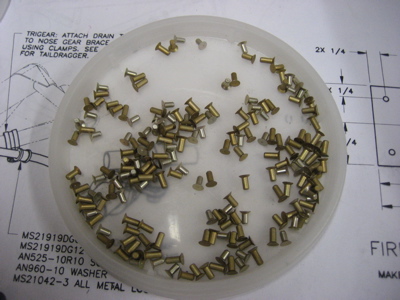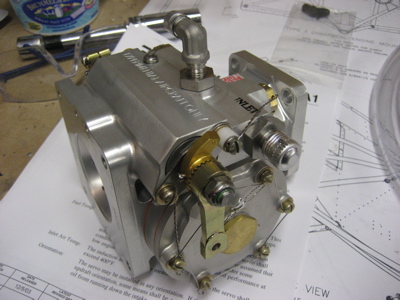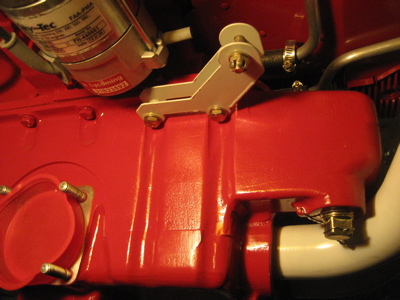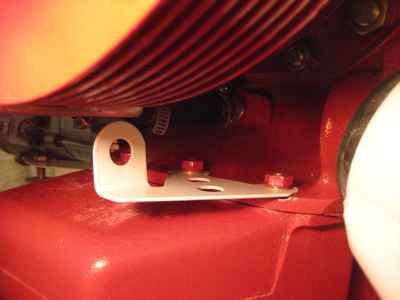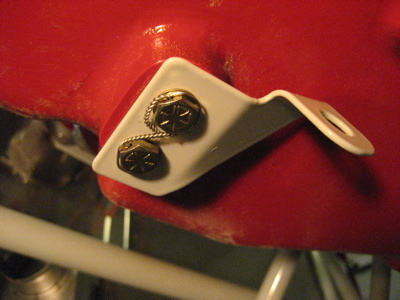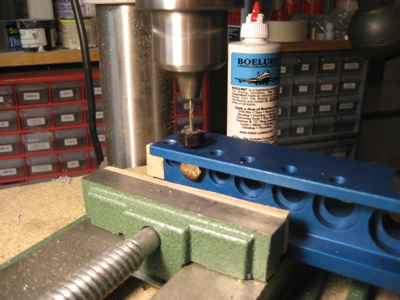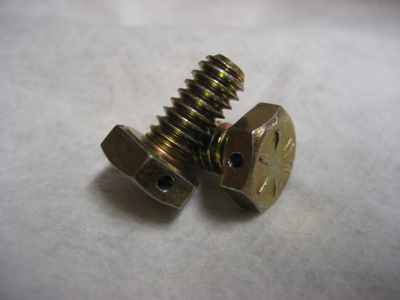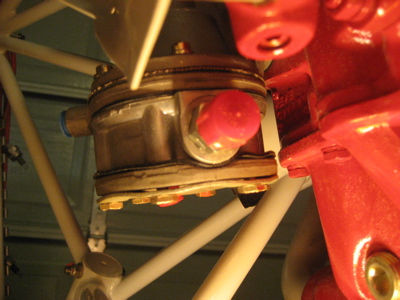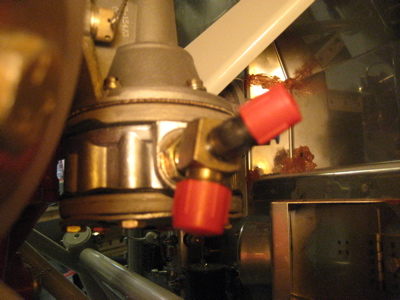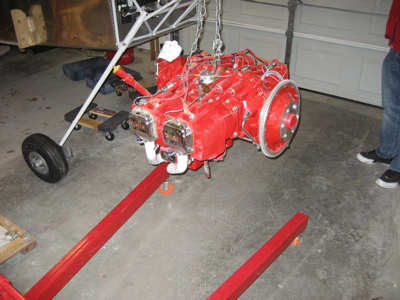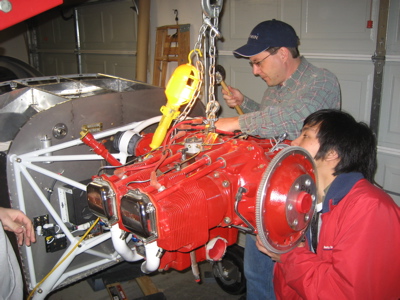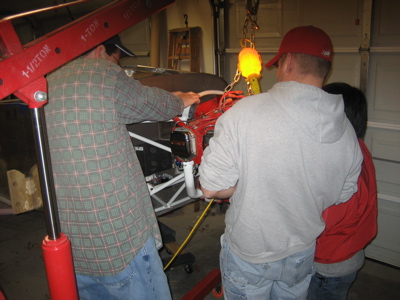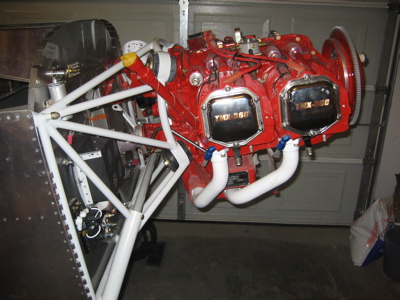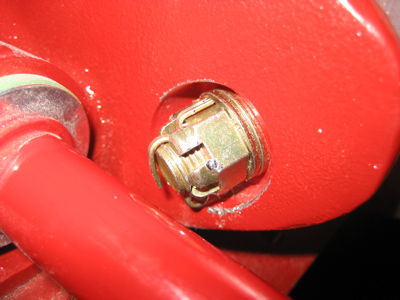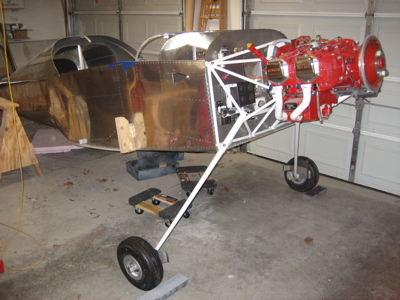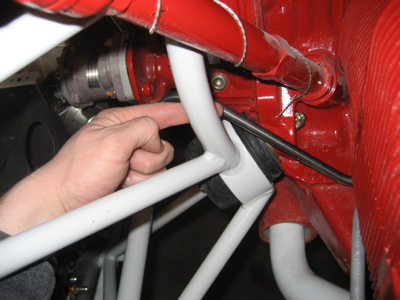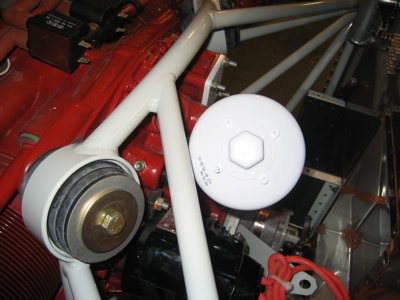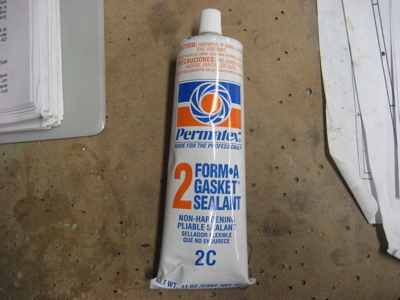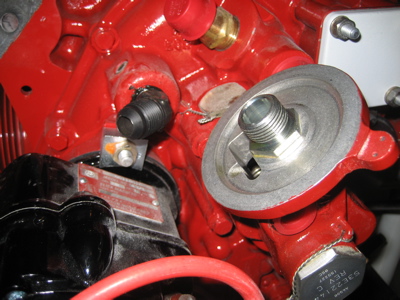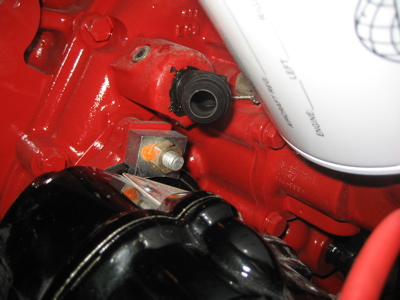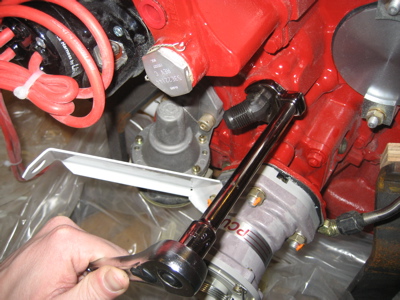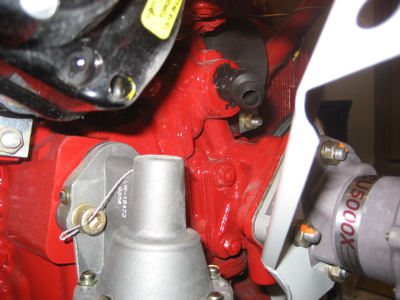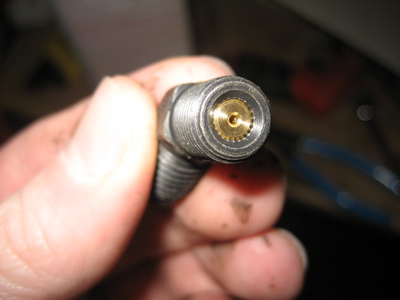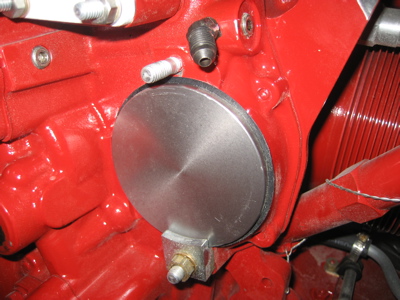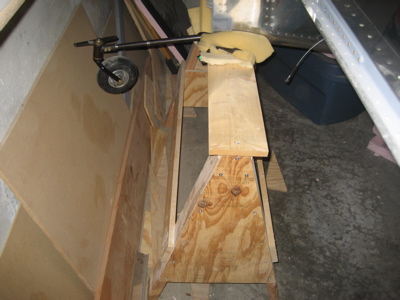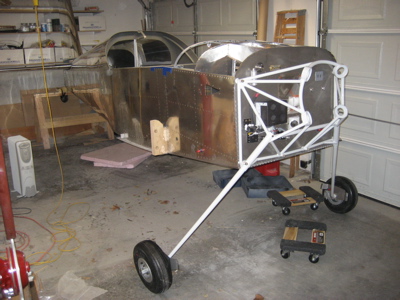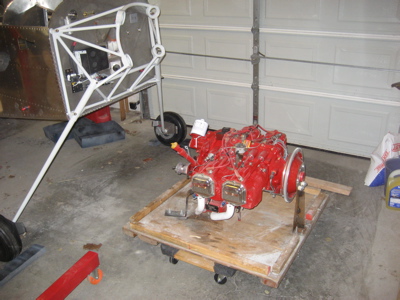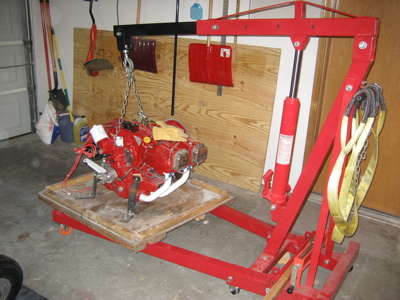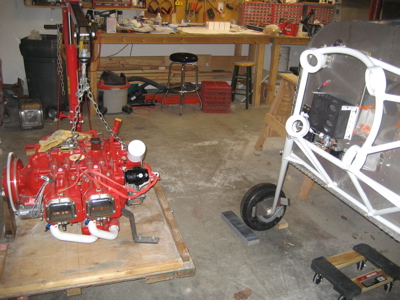And now, a small diversion from airplane building. Do you remember how Han Solo was frozen in carbonite at the end of The Empire Strikes Back? I mean, who doesn't, right? Now, at this point I'm sure you're probably thinking: Star Wars! It is so awesome, I wish I could eat it! Well, you need wait no longer, because I am about to show you how to make chocolate Han Solos.
In exchange for first dibs on the finished product, Nick provided a frozen-Han action figure. I felt momentarily bad about opening the still-sealed packaging, but there's science to be done!
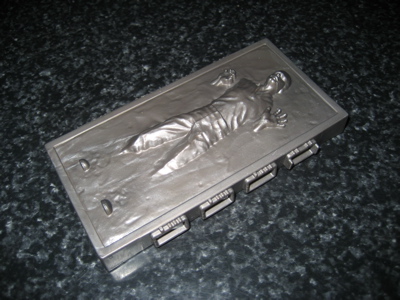
I used my belt sander to take off the protrusions around the edges, and sanded the sides down to 400 grit. Some people who are even bigger nerds than me have documented the function of the bits I removed – I hope Han does okay without a functioning carbonite flux monitor.
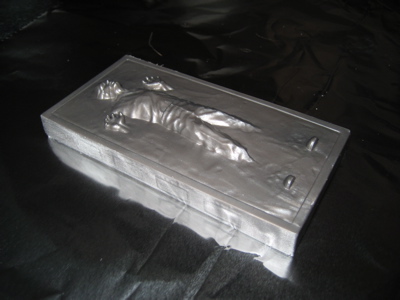
While I prepared to start making the molds, Mary gave Han a bath and toweled him off.
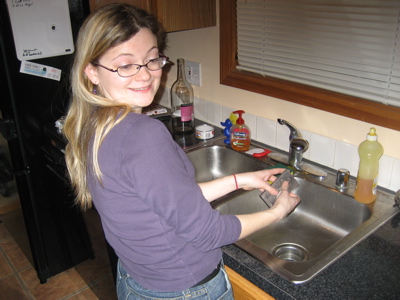
I used two pounds of silicone plastique, a two-part, food-grade moldmaking compound.
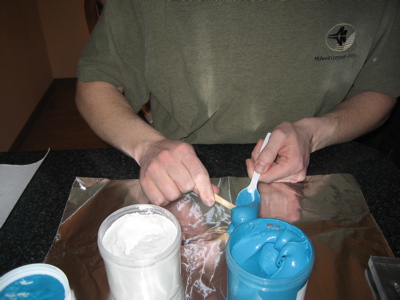
When mixed, the silicone has the approximate consistency of silly putty, but is demonstrably less silly. Mixing is done by hand.
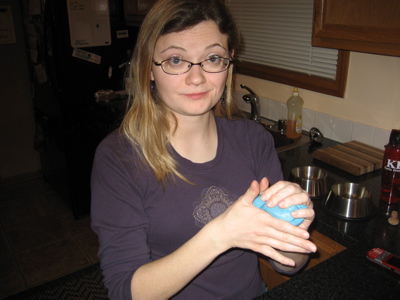
I formed the silicone into a brick shape, and pressed Han face-down into it.
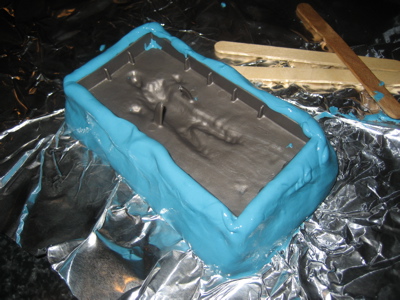
After letting the silicone cure for several hours, I carefully popped him free, and was left with a nearly perfect Han Solo mold. Success! With the remaining silicone, I then made a second mold using a similar process.
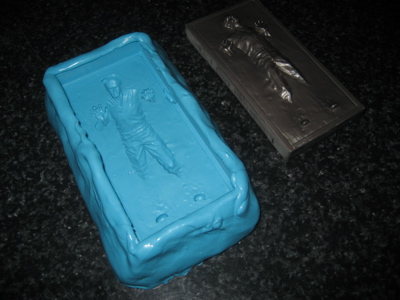
To melt the chocolate chips, we placed them in a metal bowl suspended over a pot of hot water, as recommended by the confectionery experts.
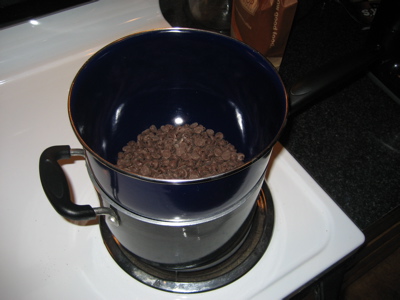
The melting process must be done slowly, lest the chocolate be singed by excessive heat. Patience!
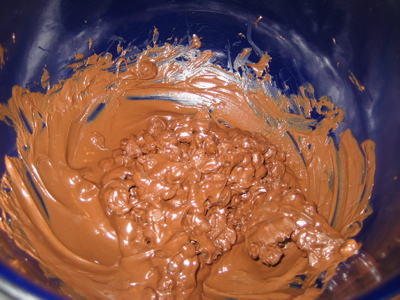
After liquefying the chocolate, we carefully spooned it into the molds and placed them in the freezer to cool.
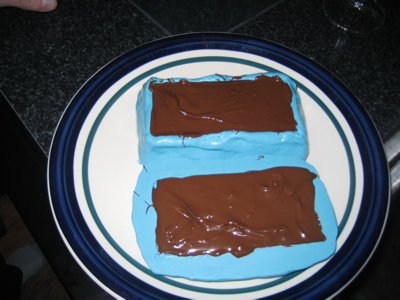
After a half hour, the chocolate was well and truly solid again. I pried the finished products from the molds, and we were rewarded with a pair of Chocohans! One of them seems to be missing his face, but there's no use crying over every mistake.
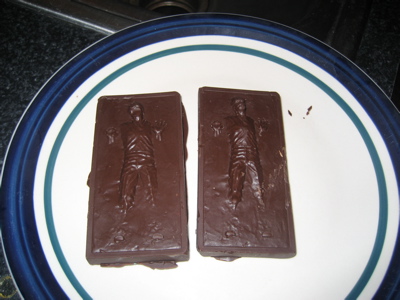
Mary doing her Barker's Beauties impression with a lucky Han Solo:
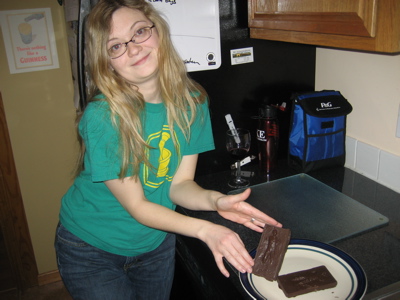
We kept on going until we ran out of chocolate – two pounds of chips was enough to do six Chocohans. Once we refined our technique, we decided to get crazy and make a pair of Crunchy Chocohans by adding Rice Krispies after pouring the chocolate.
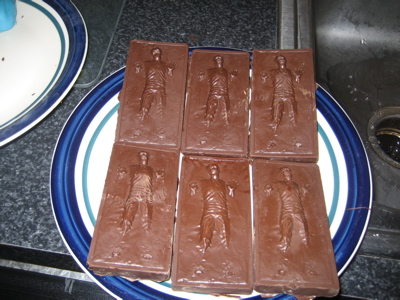
I wrapped the Chocohans in aluminum foil and took them to work, where they were a huge success.
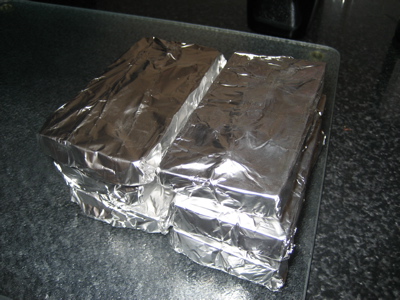
Disclaimer: While I do claim to have come up with this idea independently, the historical record will show that at least one intrepid culinary artist had already beat me to it. Still, this was a triumph! It's hard to overstate my satisfaction.
